The art of ivory is one of those branches of aesthetic productions in India that not only charms the elite and the erudite but also the common folk of the country. In India so far though no comprehensive treatise with any historical and continuous narrative tracing the development of the art with any copious illustrations of the carvings produced, has been attempted, yet a few essays, highly informative by Moti Chandra, Stella Kramrisch, Ajit Ghosh, and others can be regarded as pioneer works in this branch. The present endeavours commencing with a study from the pre and proto-historic periods, has been designed to trace the growth of the art through the art-epochs in a chronological sequence down to modern times. In nine chapters and an appendix, the growth of the art in India and outside covering areas like China, Japan, Thailand in the East and South-East, as also centers in the middle east, and the West, specially, France and the USA, has been traced, studied and presented here, with discussion on the styles and the regional variations. The technical development is marked by the appearance of the fret work, veneering polychrome and gilding, as also ultimately, miniature paintings on the plain surfaces of caskets and others, which all at once speak for the advancement in workmanship. The treatise presented her has taken all this into consideration by profuse illustrative examples.
A Cyclopedia of Indian Ivory Art: Appended with a Study of Foreign Ivory
$168.30
$187.00
In stock
Free & Quick Delivery Worldwide
All orders amounting to US$ 50 or more qualify for Free Delivery Worldwide. For orders less than US$ 50, we offer Standard Delivery at $14 per book.
ABOUT THE AUTHOR A K Bhattacharyya
A renowned scholar in East Asian Art in addition to his contribution to the study of all branches of Indian art, Professor A.K. Bhattacharyya has made a mark as an art-historian since long. His other interests include epigraphy and numismatics in which he has well-known publications. One of his works on Aspects of Perso-Arabic Epigraphy of India has earned worldwide commendation. His visits to Japan four times since 1968 and upto 1980, include a stay for a year in that country on a Japan Foundation Fellowship which he utilized in visiting almost all places of Buddhist interest, studying temples and sculptures. He took special care to study the stone sculptures in the southernmost island, Kylshi, by personal visits to the caverns and the rock-cut images in the Oita Prefecture and a few other places. Back from the study-tours in the Republic of China and Japan, Professor Bhattacharyya was awarded the Jawaharlal Nehru Fellowship for his wide range of contribution to the study of the art of India and abroad. Among his works, A Corpus of Dedicatory Inscriptions for Temples of West Bengal; A Pageant of Indian Culture "Art & Archaeology; Historical, Cultural and Political Aspects of Perso-Arabic Epigraphy of India; Development of Buddhist Iconography in China, Korea and Japan from Indian Concepts; Buddhist Stone Sculpture of Japan; Thai Buddhist Iconography" Calcutta University on is dissertation: Studies in Jaina Iconography. Academically he has the most distinguished records and his linguistic equipment is the most unique in India, being a graduate in Arabic, and B.A. (Hons.) and M.A. in Sanskrit with a First class. He also secured the first class position in M.A. in Islamic History and Culture with Epigraphy and Numismatics as special subjects. He held important positions in India throughout his career. After being a Lecturer and Principal of Colleges for the first eight years of his service career, he served as Asstt. Curator, Archaeological Survey, Deputy Keeper and Keeper of Art Deptt. at the National Museum, New Delhi, Superintending Archaeologist in charge of the Museums Branch of the Archaeological Survey of India, and finally as Director, Indian Museum, Calcutta. On retirement, served the National University in the Republic of China as Visiting Professor.
reviews
0 in total
Review by Anonymous
Be the first to review “A Cyclopedia of Indian Ivory Art: Appended with a Study of Foreign Ivory” Cancel reply
You must be logged in to post a review.
Bibliographic information
Title
A Cyclopedia of Indian Ivory Art: Appended with a Study of Foreign Ivory
Author
Edition
1st ed.
Publisher
Punthi Pustak, 2012
ISBN
9789381209066
Subjects
more by A K Bhattacharyya see more
Sanskrit Inscriptions on Hindu Temples of Late Medieval Calcutta and its Foreign Shrines
Since I wrote my magnum opus ...
$78.30
$87.00
Bengal Inscriptions: C. 1500 A.D. to C. 1800 A.D. (In 2 Volumes)
The present work, the fruit ...
$448.20
$498.00

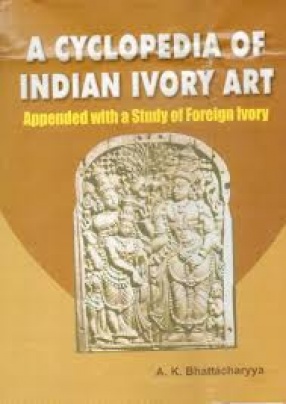
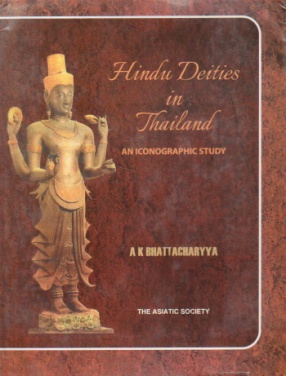
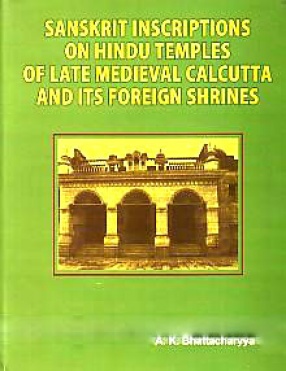
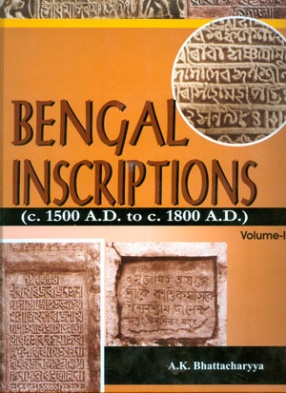
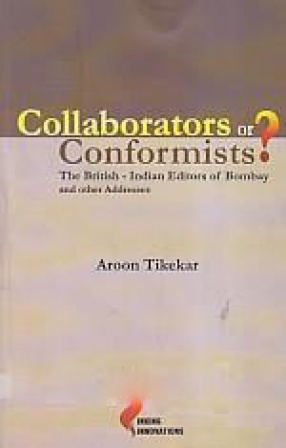
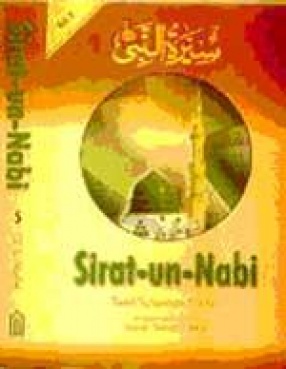
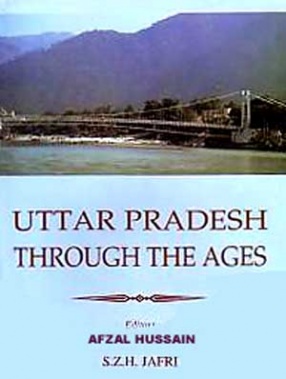
There are no reviews yet.